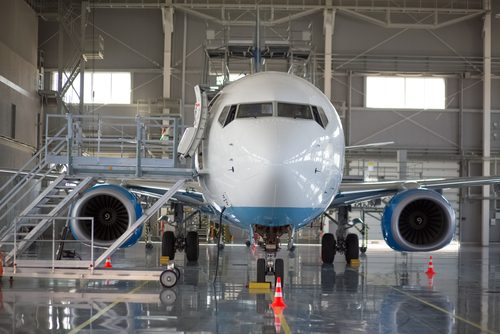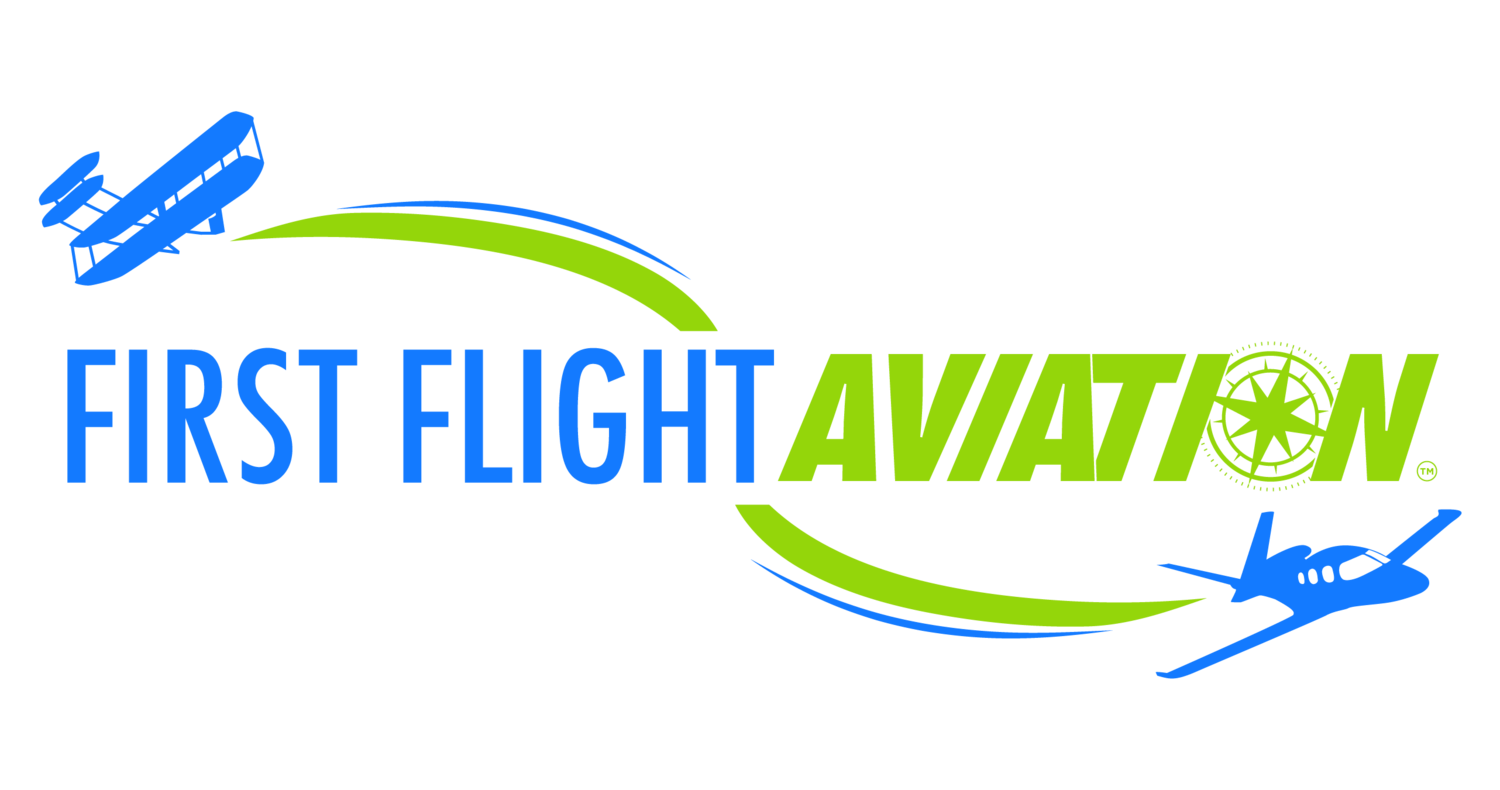 Guide to Keeping Your Plane Safe: 50-Hour & 100-Hour Inspections
Guide to Keeping Your Plane Safe: 50-Hour & 100-Hour Inspections
It is crucial for pilots to maintain their planes and ensure they are safe for flying. One of the main components of airplane maintenance is completing the 50- and 100-hour inspections. These inspections ensure the safety and reliability of the aircraft, identify potential issues, and ensure compliance with regulations. In this guide, we’ll take you through everything you need to know about 50- and 100-hour inspections and why they are important.
Call First Flight Aviation! (937) 885-5580
What are 50- and 100-Hour Inspections?
The Federal Aviation Administration (FAA) requires aircraft owners to complete specific inspections and maintenance procedures based on the flight hours. The 50-hour and 100-hour inspections are two of the most critical inspections that an aircraft owner must perform.
The 50-hour inspection must be completed every 50 hours of flight time, while the 100-hour inspection must be conducted every 100 hours of flight time. For commercial operators, it is mandatory to complete a 100-hour inspection. However, for private planes, you have the option to do either a 50-hour inspection or the more extensive 100-hour inspection.
Why are These Inspections Important?
These inspections are important because they help to identify potential issues and maintain safety standards. The 50-hour inspection is a more basic checking of the aircraft’s components, while the 100-hour inspection is a more detailed and comprehensive check that goes deeper into the plane’s systems.
Not only do these inspections help to ensure safety, but they also ensure compliance with FAA regulations. If any issues are detected during the inspections, they must be addressed before the aircraft can be flown again.
50-Hour Inspection
The 50-hour inspection is a basic inspection that is performed after every 50 hours of flight time. Here are some of the critical areas that are covered during the inspection:
1. Exterior Inspection: The exterior inspection covers areas such as the wings, fuselage, tail, and landing gear. The inspection checks for any signs of damage or wear and tear.
2. Interior Inspection: The interior inspection involves checking the cockpit, cabin, and cargo hold for cleanliness, security, and proper function.
3. Engine Inspection: The engine inspection checks for any leaks or loose parts, examines the spark plugs and oil filter, and examines the engine mounts and exhaust pipes.
4. Battery Inspection: The battery inspection ensures that the battery is securely installed and free of corrosion. The inspection also checks the battery’s electrical connections and charged level.
5. Landing Gear System: The landing gear system is checked for proper function and maintenance. This involves ensuring that the wheels, brakes, tires, and shock absorbers are in good condition.
100-Hour Inspection
The 100-hour inspection is a more comprehensive inspection that is performed every 100 hours of flight time, or when a plane reaches its annual inspection date – whichever comes first.
Here are some of the areas that are checked during a 100-hour inspection:
1. Airframe Inspection: The airframe inspection examines the overall condition of the aircraft’s structure, including the wings, fuselage, stabilizers, and flight controls.
2. Engine Inspection: The engine inspection in the 100-hour inspection checks for compression, valve clearance, and oil consumption. The inspection also includes spark plug inspection, magneto inspection, carburetor inspection, and exhaust system inspection.
3. Propeller Inspection: The propeller inspection is done to ensure that it is free of chips, cracks, and other damage.
4. Landing Gear Inspection: The landing gear inspection covers the functions of the landing system, the wheels, brakes, tires, and shock absorbers, and other operating system components.
5. Electrical System Inspection: The electrical system inspection checks the condition of the aircraft’s electrical components, switches, and wiring.
6. Radio and Navigation System Inspection: The radio and navigation system inspection ensure that they are functioning correctly and in compliance with FAA regulations.
Final Thoughts
Implementing 50- and 100-hour inspections is an essential part of ensuring flight safety and should be a crucial part of every aircraft owner’s maintenance program. Remember, keeping your plane in excellent condition is not just a requirement, but it is also your responsibility as a pilot. By taking the time and making necessary repairs and maintenance before flying, you can significantly reduce the chances of getting into accidents and ensure your aircraft stays in tip-top condition. Remember, always stay safe in the air, and adhering to these inspections is an important part of that.
Wondering if you are in need of an inspection soon? Be sure to contact our aircraft professionals here at First Flight Aviation today to learn more about what we can do for your aircraft!
